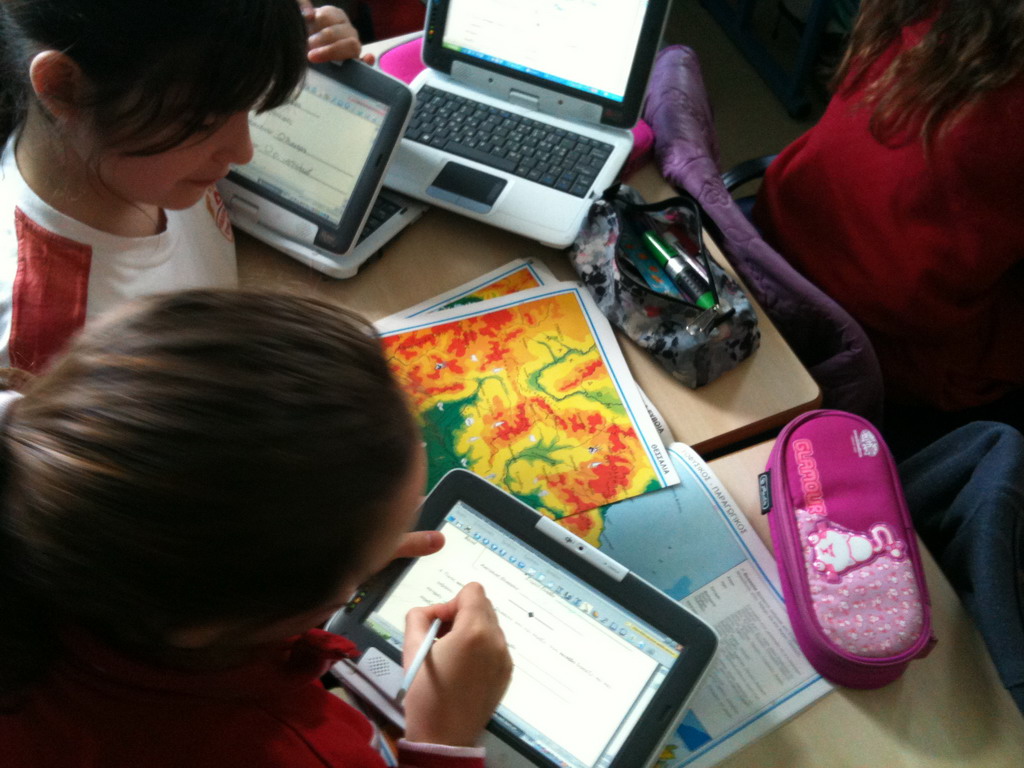
Making Learning Exciting: How Project-Based Learning Helps Children Excel
Project-based learning (PBL) is growing in popularity around the world, including in the United States. Through engaging projects, students interact with their subject material while collaborating with their peers to better understand their subjects. Many of our schools, including The Endeavor School in Miami, utilize this method because it can make learning a more meaningful experience, which resonates with young students who thrive when they are excited about what they learn.
Internationally-Renowned Method
Although PBL is growing in popularity in the United States, it is considered commonplace in many countries, including Finland, which regularly tops education rankings. In 2016, the Finnish government decided that PBL was so effective it implemented the educational approach into the national curriculum. At least once per year, students participate in a long-term PBL module.
When designing the national curriculum, Finnish researchers said PBL modules enabled students to develop transversal competencies, or skills that can be used in different areas of life, including collaboration, critical thinking, and leadership skills.
Kirsti Lonka, a professor of educational psychology at Helsinki University, told Super Humanics that PBL equips children to deal with complex problems that require critical thinking, collaboration skills, and creativity.
“Traditionally, learning has been defined as a list of subject matters and facts you need to acquire – such as arithmetic and grammar – with some decoration, like citizenship, built in around it,” Lonka said. “But when it comes to real life, our brain is not sliced into disciplines in that way; we are thinking in a very holistic way. And when you think about the problems in the world – global crises, migration, the economy, the post-truth era – we really haven’t given our children the tools to deal with this inter-cultural world.”
PBL, however, does give children those tools, and the research bears that out.
A large-scale, randomized study conducted by the National Bureau of Economic Research in 2019 looked at more than 17,000 students in Argentina, Bolivia, Peru and Paraguay and compared results of PBL students to students participating in more traditional learning models. After just seven months, the study found that PBL students scored higher in all education areas.
Active Brains and Real-World Skills
PBL uses hands-on inquiry for a more experiential learning experience. In other words, students don’t just sit and listen. Rather, they get involved in projects that require interaction and collaboration, providing a more stimulating and memorable effect.
“When students pursue a line of inquiry that’s interesting to them, their brains can focus longer because it’s something they’re excited about,” said Dr. Amy Brereton, the Executive Vice President of Academics at Endeavor Schools. “It feels more like exploration and play, rather than just rote memorization. Brains remember something better when there’s an emotional connection.”
The pursuit of that line of inquiry is why PBL is so effective at teaching real-world skills. In everyday life situations, answers can’t always be found in a textbook or Google search. Working on projects – tinkering, testing, experimenting, – gives students the ability to work through problems, rather than just looking for a ready-made answer.
In addition, PBL enables students to learn a crucial skill: How to learn from mistakes.
In a PBL module, students are encouraged to experiment and try different approaches to accomplish their goals. Of course, they don’t always make the “right” choice in pursuit of their goal, but that’s part of the PBL process; making mistakes and experiencing disappointment, but learning from that to gain a deeper understanding of the entire process.
“Mistakes can be useful,” Brereton said. “They can teach students that the pathway to success is paved with mistakes and how we respond to mistakes is important to long-term success.”
Education researchers have found evidence that making mistakes can be beneficial to learning. According to a 2017 paper titled ‘Learning from Errors,’ psychologist Janet Metcalfe found that “errorful learning” followed by corrective feedback can help students gain a better understanding of material.
In the 1994 book, The Learning Gap, which compared Japanese classrooms to American classrooms, researchers found that Japanese teachers focused on common mistakes made during mathematics lessons. In contrast, as the UC Berkeley blog points out, American teachers mainly teach the ‘correct’ method, largely ignoring how mistakes are made. The result is that Japanese schoolchildren regularly score higher than their American counterparts in mathematics.
At Endeavor Schools, we understand that there are many different ways for children to learn and everyone learns differently. That’s why our schools use a variety of learning methods, from project-based learning to Montessori, as well as hybrid programs. What matters most is that our children have positive and effective learning experience so that they enjoy a lifelong love for learning.
For more information on our growing network of schools, visit our schools page.
